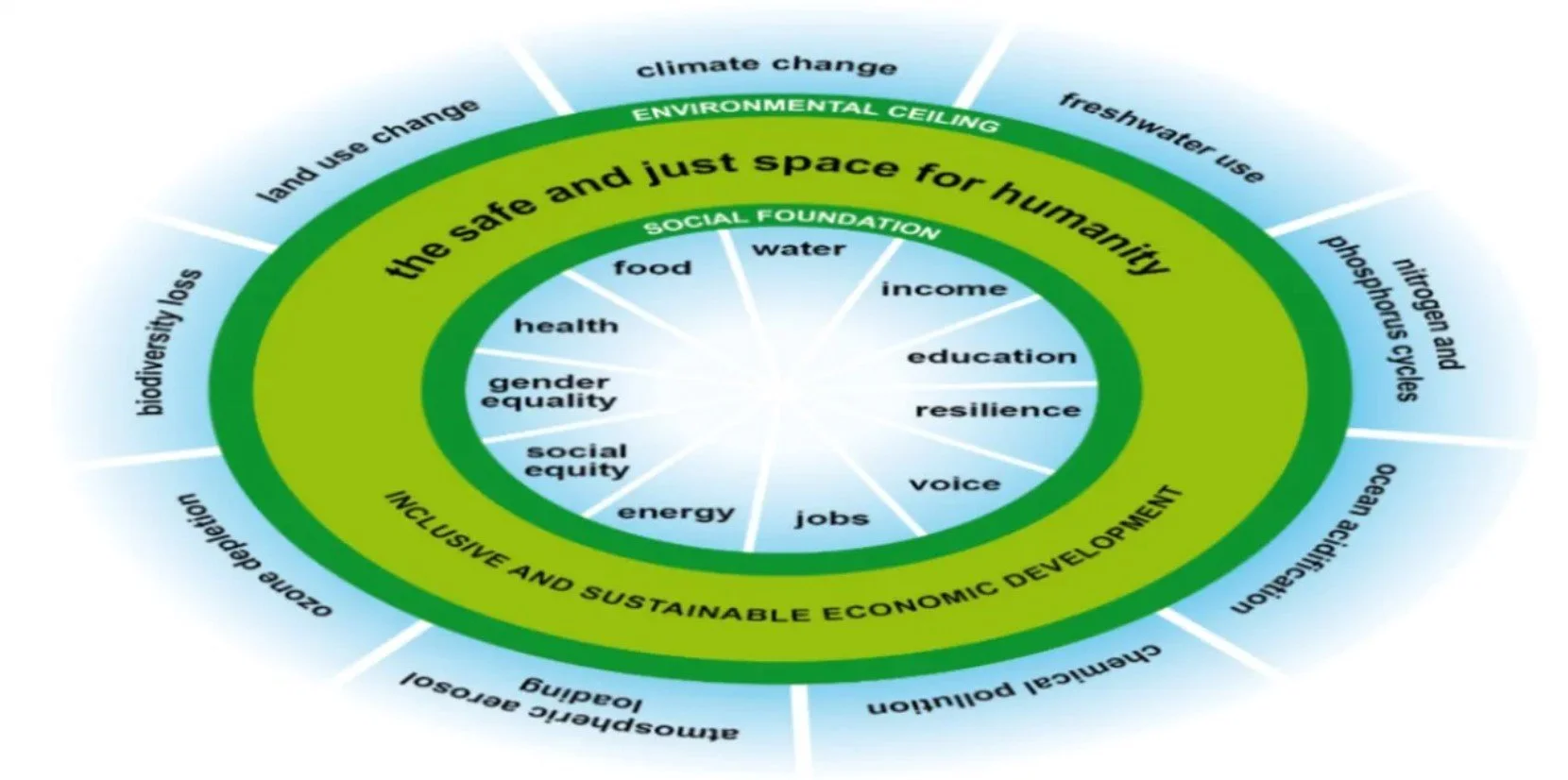Planetary Boundaries
Have you heard of the idea of Planetary Boundaries? It is the idea that there are absolute limits to what the environment that we depend on can sustain, and if we can’t solve how to stay within those boundaries, the environment that our 8 billion depends on- including local environments will, at best, go haywire, and at worst, start hitting ‘tipping points’ that are irreversible.
For example, most ecosystems depend most on insects, especially pollinators. When climate change gets past 1.5 degrees, more and more insects won’t be able to handle it, creating something called “the insect apocalypse”.
Therefore, it is a really, really, really good idea to allocate a specific time that you individually choose each week (e.g. 1-2 hours; but only where and if it is safe) to do a bit for climate change each week, and then set personal boundaries around it and don’t think about it until next week.
A number of boundaries have been suggested, each with an overall category and most with a specific metric that goes with them (although these are likely to be more complex than one metric.
Please note that while the current boundary for climate change looks like it’s a little bit over, the reality is something different- the side effects of hitting climate change tipping points at 2025, 2030 and 2050 will cause enormous worldwide problems. Climate change is the most problematic, most urgent and most high-risk of the planetary boundaries and needs to be absolutely prioritized. As a side note, tackling climate change will also tackle ocean acidification at the same time so it has a 2-in-1 effect for the planetary boundaries.
So what are the Planetary Boundary categories and their connected metrics?
Climate Change- CO2 in the atmosphere < 350 ppm and/or a maximum change of +1 W/m2 in radiative forcing
Ocean Acidification- mean surface seawater saturation state with respect to aragonite ≥ 80% of pre-industrial levels.
Luckily, a lot of ocean acidification is connected to climate change efforts, so this is 2 in 1.
Stratospheric Ozone Depletion- less than 5% reduction in total atmospheric O3 from a pre-industrial level of 290 Dobson Units
Global Freshwater Use- < 4000 km3/yr of consumptive use of runoff resources
Land System Change- < 15% of the ice-free land surface under cropland
Chemical Pollution- introduction of novel entities in the environment
The Erosion of Biosphere Integrity- an annual rate of loss of biological diversity of < 10 extinctions per million species
Ecosystem Health- the annual net global primary production of all terrestrial plants
Biogeochemical Flows in the Nitrogen (N) Cycle- limit industrial and agricultural fixation of N2 to 35 Tg N/yr) and phosphorus (P) cycle (annual P inflow to oceans not to exceed 10 times the natural background weathering of P
However, please be aware that when people in the 8 billion are poorer or in situations where they are survival focused, this needs to really, really, really be solved, otherwise prices will increase or their survival focused profits will decrease.
So what do we do with the above?
As a start, the 7+7,,7 climate change and sustainability small efforts- each week, to push yourself for at least 2 seconds (potentially up to 10 minutes, but whatever you want to) for sustainability and climate change goals.
If you do development %s per week, you could spend more time on development %s for what we could do for some of the above- being aware that most of these aren’t as urgent as climate change (hence the 7+7) and therefore creating larger boundaries.
You would need to create strong boundaries around your allocated times though and be careful with areas that are beyond your unique mental health profile. For example, you might need to deep dive in only one or two areas at a time, to protect your mental health around this.
When we think about the 7+7 climate change and 7 sustainability small efforts (7+7,,7), this is an excellent place to learn about for sustainability are these planetary boundaries, and what can be done to reduce them. It appears like 14 small efforts is a little, but you will be surprised how quickly they motivate you and make you comfortable with the complexities of climate change.
But only do this if you think it is long-term safe enough.
For example, your 7+7 small efforts could be reading a difficult paragraph for 5 small efforts and reading the rest of the article for 2 small efforts. Or if in doubt, printing things.




